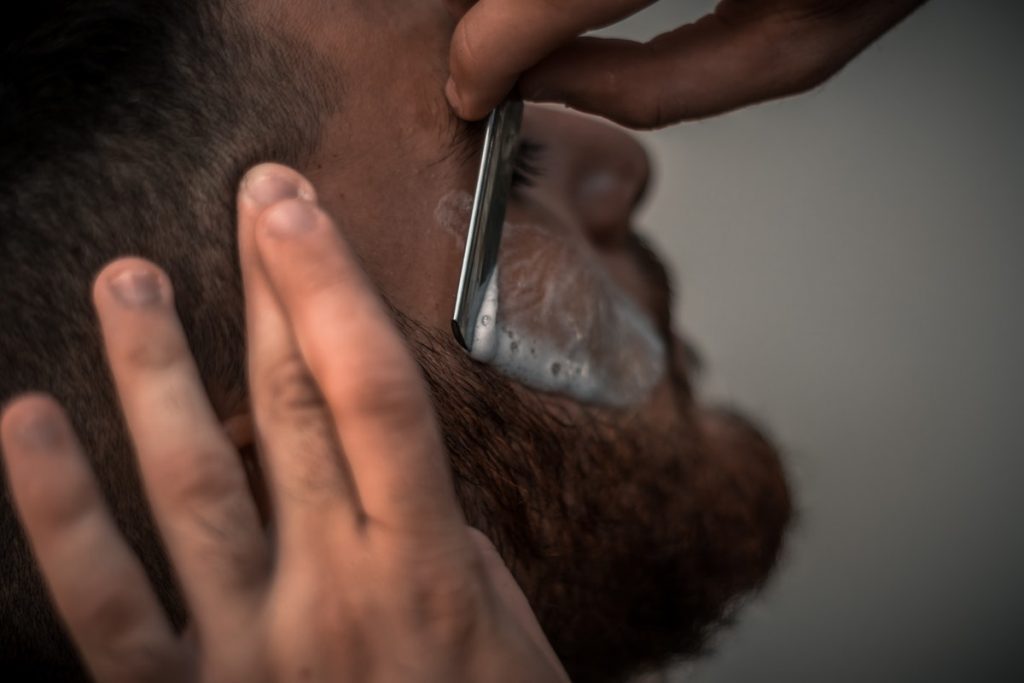For most people, shaving has become a form of self-care routine. Like skincare, shaving plays a vital part in how you present yourself. Although shaving itself can be a source of annoyance and inconvenience, it’s something most people cannot give up. If you pay more attention to it, it can be a sort of ritual and a sensorial experience you can actually relish. In fact, others are taking it seriously by trying Brazilian wax treatment and other specialized waxing services.
When it comes to shaving, the internet offers a host of information and beauty tips. Still, a few people continue to hold on to some age-old myths or disaster stories passed on by their families and friends.
Updating your shaving knowledge now and then is a great way to prevent bad habits from ruining your skincare routine. With that in mind, here are the most popular myths and misconceptions about shaving that can actually harm your skin.
Myth 1: Hair will grow faster, thicker, and darker after shaving
Among all the shaving myths out there, this one is probably the most popular. Many people have been avoiding shaving altogether because of the belief their body hair will turn out worse after shaving. In reality, plenty of factors affect the growth quality of body hair, and shaving isn’t one of them. The truth is, our genes control the color, thickness, and growth of our hair.
This myth probably originated from the belief that shaving your face allows your hair to grow back darker and thicker. It creates an illusion of healthier hair than the one you removed. What’s actually happening is that shaving blunts the edges of your hair, making it look and feel coarse and stubbly, creating the illusion of dark and thick hair. But shaving doesn’t thicken or change the color of the hair. At first, the terminal hair feels harder to the touch, but it gradually grows out completely.
Myth 2: Shaving damages the skin
Not really. If the razor you’re using is already old and dull or you’re not preparing your skin before shaving, there’s a huge chance the blades can damage or even cut your skin. For example, failure to use shaving cream can lead to ingrown hairs, razor bumps, or worse, an infection. You’ll also experience itchiness, redness, nicks, irritation, and burns.
Using shaving prep products, such as shaving gel or cream, helps reduce the risk of irritation, razor burns, itchiness, redness, and fewer cuts and nicks. They also lubricate and soften the skin to make shaving easier. You don’t have to worry about the pain when removing tough, copper-wire hairs.
Experts also recommend using a well-designed and good-quality razor to minimize irritation and protect your skin from the blades. You can further reduce the risks by following the right shaving technique, such as doing lighter strokes along the skin surface instead of pressing the razor too hard.
Myth 3: New blades cause more skin cuts

Most people think that using a new razor causes more nicks and cuts, which points all the blame to the blade. In reality, fresh blades have nothing to do with your battle scars. It has something to do with applying a lot of pressure because it’s what you always do with your old and dull blade. A dull blade causes more cuts and irritation because of the dragging motion across your skin, causing more friction.
If you apply the right shaving technique, you’ll notice how the new razor will easily glide over the skin. Use a high-quality blade to give you a month of shave instead of buying cheap ones that only last for a few weeks.
Myth 4: Shaving makes skin dry and flaky
Shaving alone doesn’t make the skin look dry and flaky, but it is also a result of poor shaving technique. For example, applying rough strokes and going over the same area repeatedly causes the skin to be flaky, dry, and scratchy.
There are plenty of razors available in the market designed for your skin to capture every hair on your body or face. They come with special features to ensure a close and precise shave. As a result, there’s no need to shave a certain area repeatedly.
Another tip is to use light and gentle strokes and apply moisturizer once you’re done. This will reduce the chance of having dry and flaky skin.
Shaving is a critical part of your skincare routine, and whatever you use for your body hairs can affect your overall skin quality. So whether you encounter myths, half-truths, and rumors about shaving, make sure to do some fact-checking first to figure out the real truth for yourself. Your skin (and body hairs) will even thank you for it.

